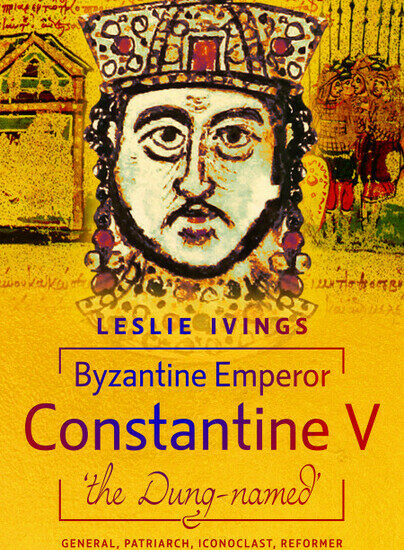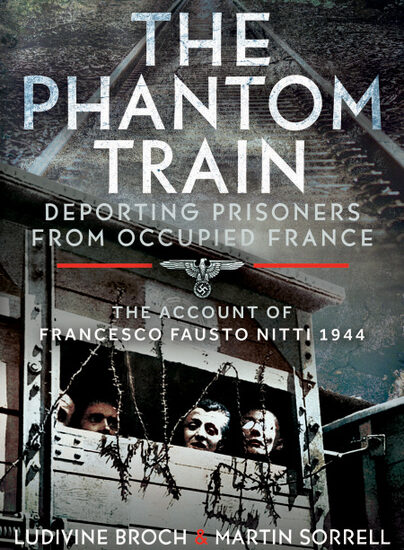25th April 2025, anniversary of Liberation Day in Italy
Guest post from Rachael Martin.
25th April marks the anniversary of Liberation Day in Italy, when Italy was freed from Nazi occupation and Mussolini’s fascist regime in 1945, and of course this year marks the eightieth anniversary of that date.
The Allies landed in Sicily at the beginning of July 1943. Mussolini was arrested on 25th July, and Italy now had a new prime minister, Pietro Badoglio, who began negotiations with the Anglo-American Allies. On 3rd September Badoglio secretly signed the Armistice in Cassibile in Sicily, which was announced publicly on 8th September. The day after Bodoglio and King Vittorio Emanuel fled to the south which had already been freed by the Allies. The Germans took over Rome, occupied the north of Italy and installed Mussolini as the head of the Italian Social Republic, or the Republic of Salò as it was often known, up on Lake Garda.

Credit: Rachael Martin
From September 1943 until liberation in April 1945, fierce fighting took place. The Resistance members or partigiani (partisans) gathered up in the hills and mountains. They often lived in mountain huts up there or slept out in the open. They came from different walks of life and held different political beliefs. Sometimes they were deserters from the Italian army. Alongside the Resistance fighters there were members of the civil Resistance, people who helped the Resistance but did not actually take up arms. Fernanda Wittgens, first woman director of the Pinacoteca di Brera art gallery in Milan, helped to rescue Jews and saved the museum’s art collection. Other civilians and clergy helped victims of nazi-fascist persecution to escape into Switzerland. Wilma Conti was born Dongo in the north of Lake Como in February 1929. She was a staffetta or relay for the 52nd Garibaldi Brigade, and her family had the trattoria where the partisans stopped on their way up to the mountains.
Members of the Civil Resistance included young women, sometimes as young as fifteen and sixteen, who were known as staffette. A staffetta was a relay who took messages, essential supplies and money on their bicycles. Women also organized themselves into Gruppi di Difesa della Donna (Women’s Defence Groups). It’s estimated that of the 70,000 women that took part, 35,000 women fought. 4,653 were arrested and tortured, 2,750 were deported to Germany, 2,812 were shot or hung and 1,070 were killed in combat. Of course, these are estimates, and the numbers may be higher. After the war, the women went back to their lives and their stories remained untold until Liliana Cavani made a documentary in 1965. La Donna della Resistenza (the woman of the Resistance) told their stories for the first time. Here were women talking on camera about what they had lived through and what they had witnessed.
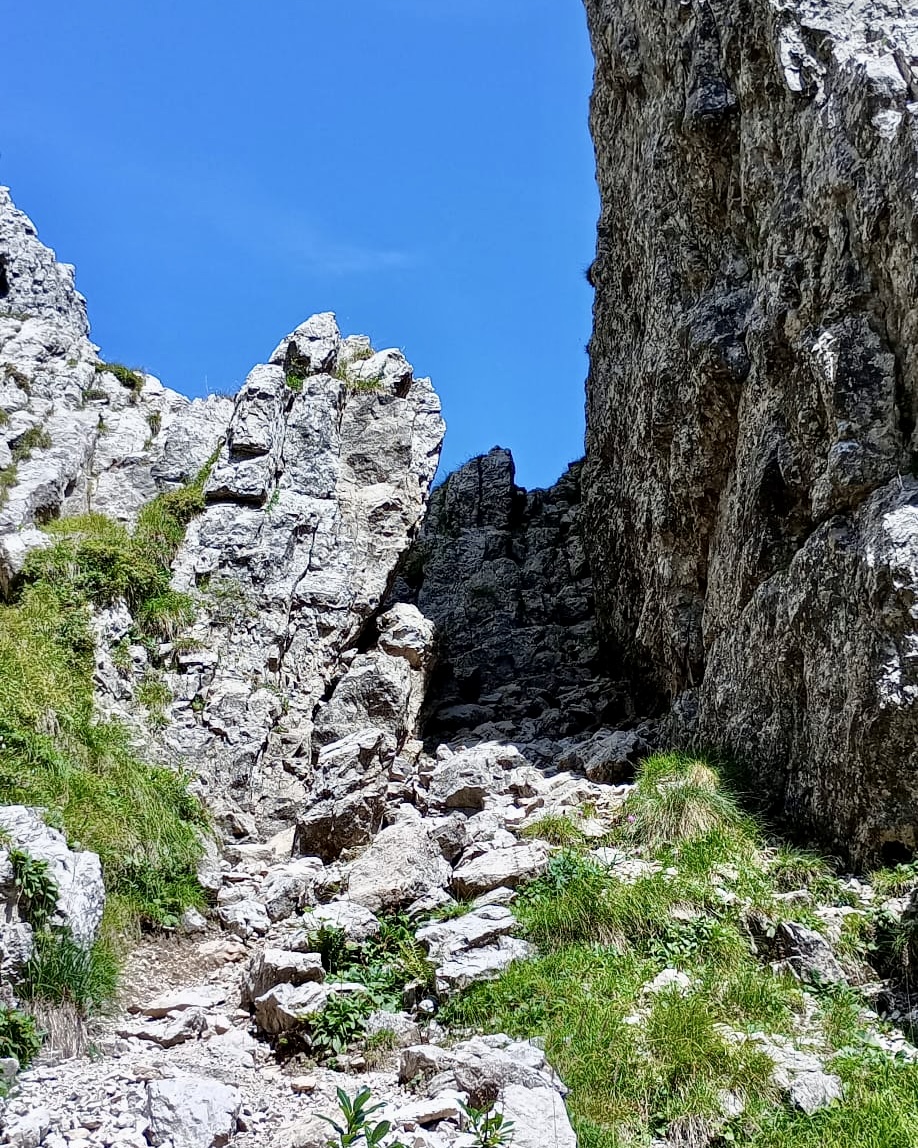
Credit: Rachael Martin
There are two areas in my book Walking Italy that might be of interest, although of course there are many places in Italy where you will find stories of the Resistance. The Gothic Line was the defence front built by the Germans across the Appenines in 1944 to try to stop the advance of the Resistance and the Allies. It was 320 km long and ran from Massa Carrara just above Viareggio in Tuscany to Rimini in Emilia Romagna. You can now walk the Cammino della Linea Gotica or Way of the Gothic Line, along with other walks over the Appenines that pass by some of the places involved. Along here you can see the remains of shooting positions and trenches alongside museums and monuments which remember the sacrifices made. Raids and roundups took place, such as those in Sant’Anna di Stazzema and Marrabotto.
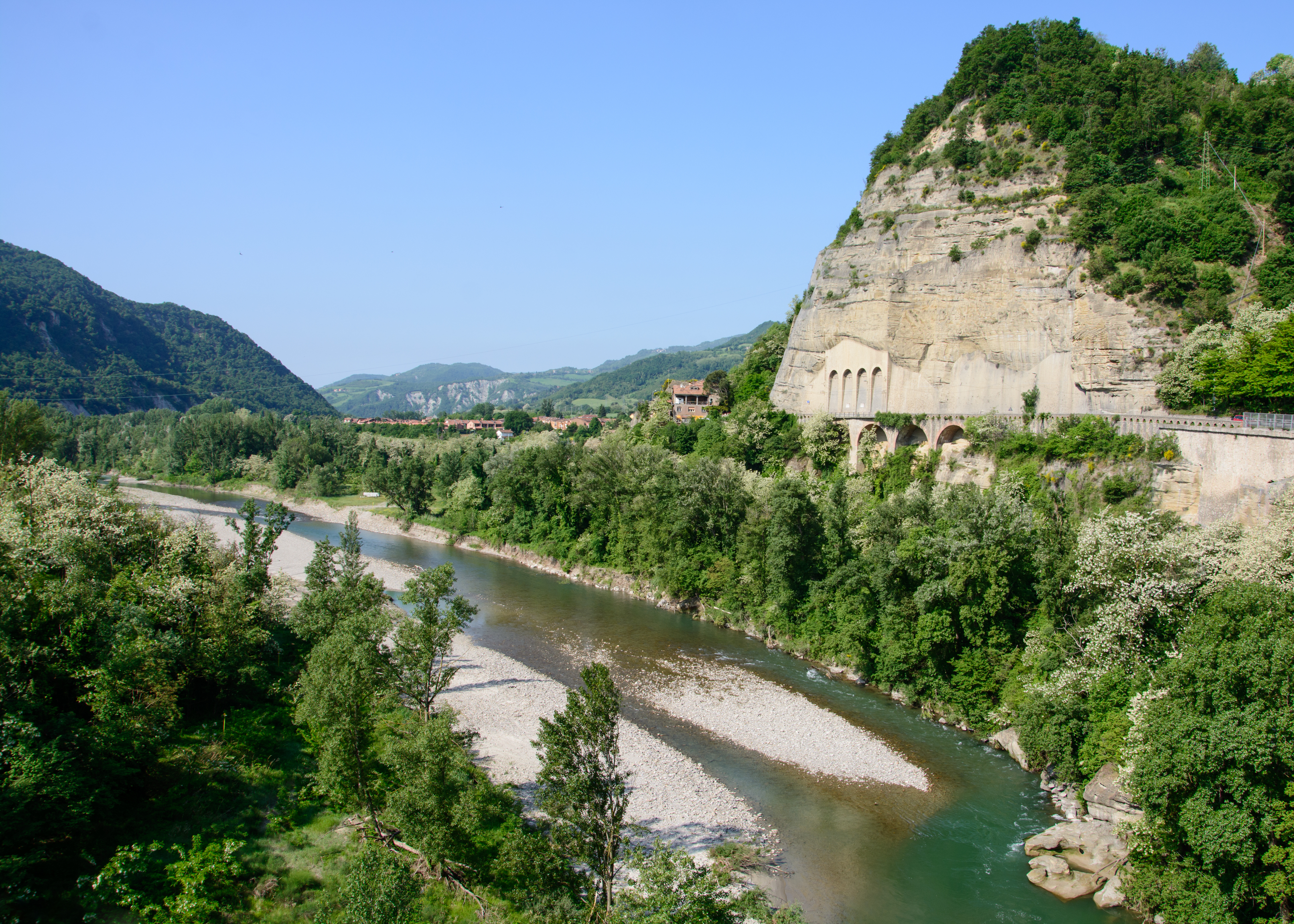
The second area is up around Lake Como, which was very active because it was near the Swiss border. The End of the War Museum is in Dongo where Mussolini was captured on shot, while in the mountains above the town of Lecco where the Viandante walk begins, there’s an itinerary which takes in places which were used by the partisans.
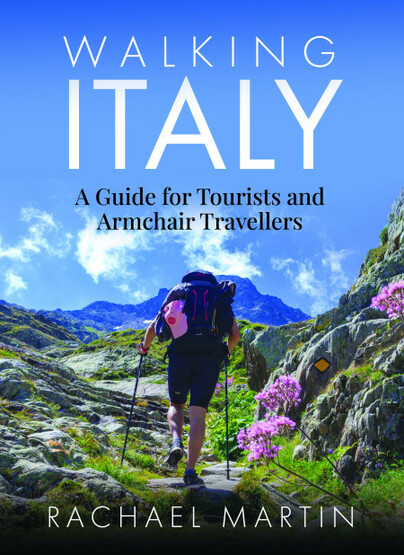
Order your copy here.
